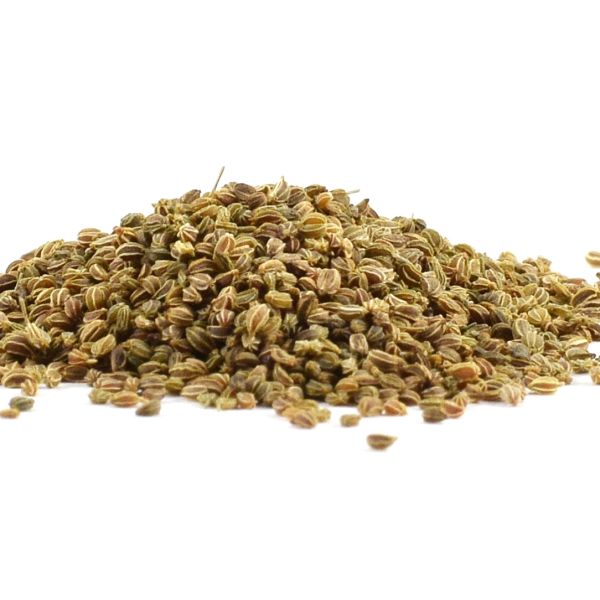| Latin Name: | Apium graveolens |
| English Name: | Celery, Celery seeds |
| French Name: | Céleri, graines de céleri |
| Family: | Apiaceae |
| Origin: | France |
History and Origin
Celery used to be called “ache”, from Latin term apia, meaning “growing in water” which refers to the natural environment of the plant. Originally, it designated a group of plants (including parsley and lovage), it acquired only after the restrictive meaning of “celery”. First documented in 1651, the word “celery” comes from the Lombard seleri, derived from Latin selenon. This name refers to the belief that the plant was under the influence of the moon (sele), possibly because of the aphrodisiac properties then associated to it. The term “celery” definitely replaced “ache” in the common language, although this term is sometimes still used in botany and herbalism.





